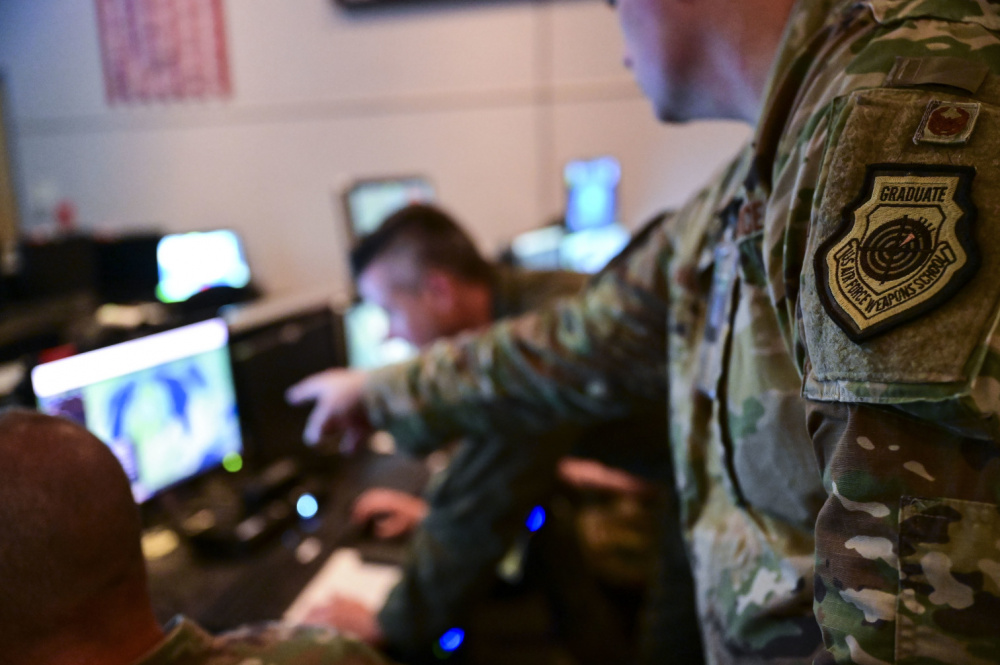WASHINGTON — Air Force Secretary Frank Kendall has directed the Space Force to look broadly at military requirements for overhead surveillance that could be met by commercial constellations of satellites in low Earth orbit.
“We were asked that question by the secretary of the Air Force: how are we going to use commercial capabilities?” Joseph Rouge, Space Force deputy director of intelligence, surveillance and reconnaissance, said Feb. 15.
“And so we’re in the middle of an effort right now to understand first the needs, and the requirements,” Rouge said at en ExecutiveBiz online event.
The use of commercial space services for military ISR (intelligence, surveillance and reconnaissance) is a growing conversation as battlefield commanders demand more reliable and timely data. The military gets overhead imagery from government satellites and from aerial drones. But it also wants to take advantage of new technology from commercial companies that offer high-quality imagery from low orbiting satellites that can revisit the same spot multiple times a day.
Rouge said the generic term for this new capability is “tactical ISR from space.” The Space Force is now in conversations with the military services, the global combatant commands and various defense and intelligence agencies “to truly understand what are the needs,” he said.
The Space Force is responsible for providing space-based support services to all DoD, such as satellite communications, GPS navigation and weather data. ISR has now been added to the list, Rouge said. The Space Force will assess the demand, recommend how to meet that demand as well as the funding that would be required. Those recommendations would be reviewed by the Department of the Air Force and submitted to the Joint Chiefs of Staff requirements oversight council.
Some of the demand for ISR will be met by government satellites but there is clearly a need for commercial low Earth orbit services, and the question to be answered is what is the proper mix, Rouge said. “Once you understand the needs, then you can start understanding and be able to take a look at what are the gaps and then how commercial can help us solve those gaps.”
“Tactical ISR is our first venture into this,” Rouge said. “It is an interesting challenge. We are finding a lot of requirements.” Once the Space Force gets the wish lists from across the military, they will be analyzed by the Space Warfighting Analysis Center, he said. “Their job is basically to help us to understand what are the right solutions, and what are the options to accomplish missions from space.”
Kendall said laying out military requirements for space support is “a chance for the Space Force to take on a leadership role, which is truly joint.”
Vice Chief of Space Operations Gen. David “DT” Thompson is in charge of coordinating these requirements, Kendall said Feb. 15 at a Mitchell Institute for Aerospace Studies event.
